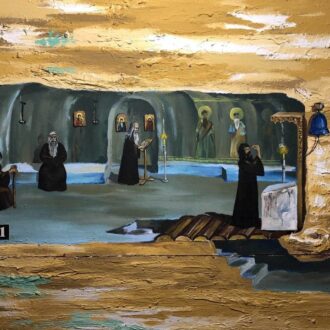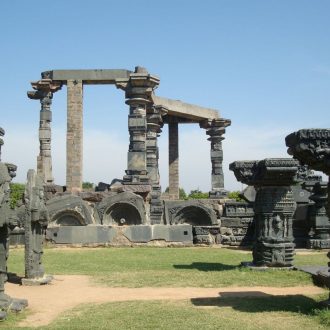A day in Nessebar Old Town
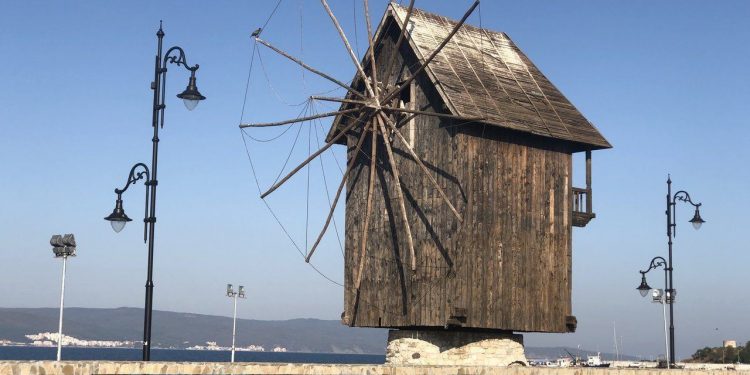
It is a lovely morning with warm sunshine and a gentle breeze waltzes in through the stone framed, old fashioned quaint windows of our cottage. Sharath and I are basking in the sunshine, outside our charming guesthouse at Neofit Rilski, having tucked in a sumptuous breakfast prepared in the kitchens of The Historical Park, located barely a couple of kms away. As we sip our cup of tea, I can hear the familiar voices of Ivan and Ralitza at the gate as they pull over in front of the cottage in the vividly painted Jeep with snippets from Bulgaria’s history. This is our fourth day in Bulgaria and after exploring Varna and Veliko Tarnovo, we are all set to visit another UNESCO World Heritage Site, Nessebar on the Black Sea Coast. A Bulgaria itinerary is not complete without a trip to Nessebar, Bulgaria, which is referred to as Pearl of the Black Sea and is located in Burgas and is almost 100 kms from Varna city. Burgas, the largest port city on the Black Sea is the fourth largest city in Bulgaria and is the portal for tourists who wish to visit the seaside resort towns. Most tourists head to Sunny Beach, the most popular resort town located near Nessebar at around 10 km, and do a day trip to explore Nessebar Old Town.
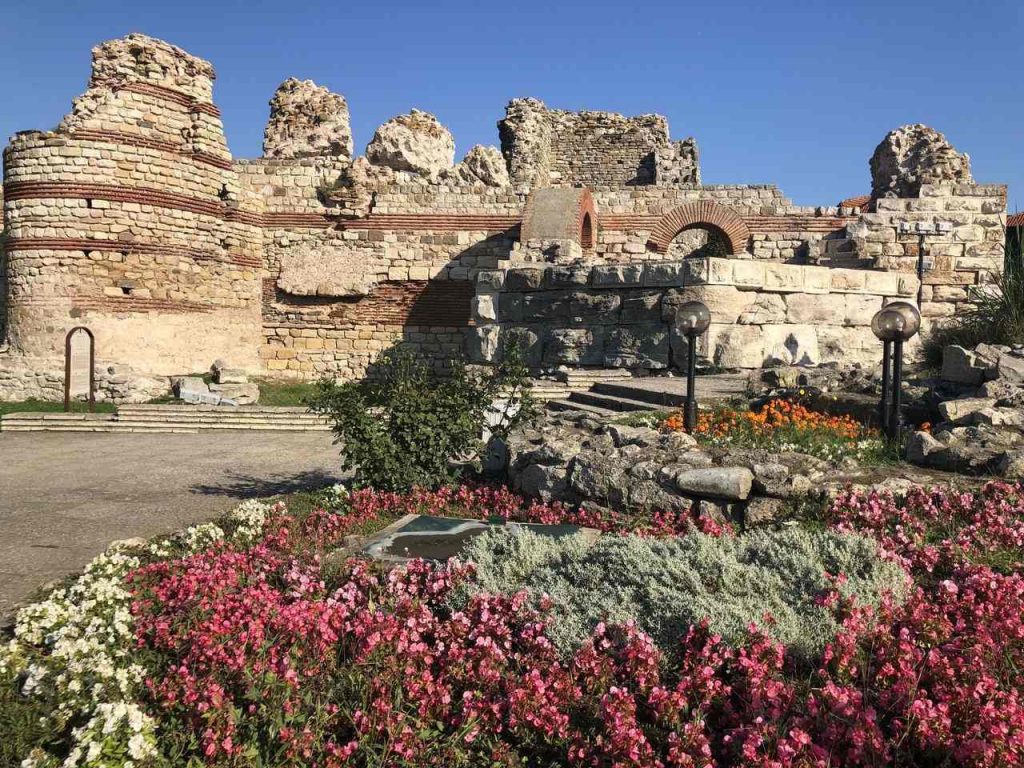
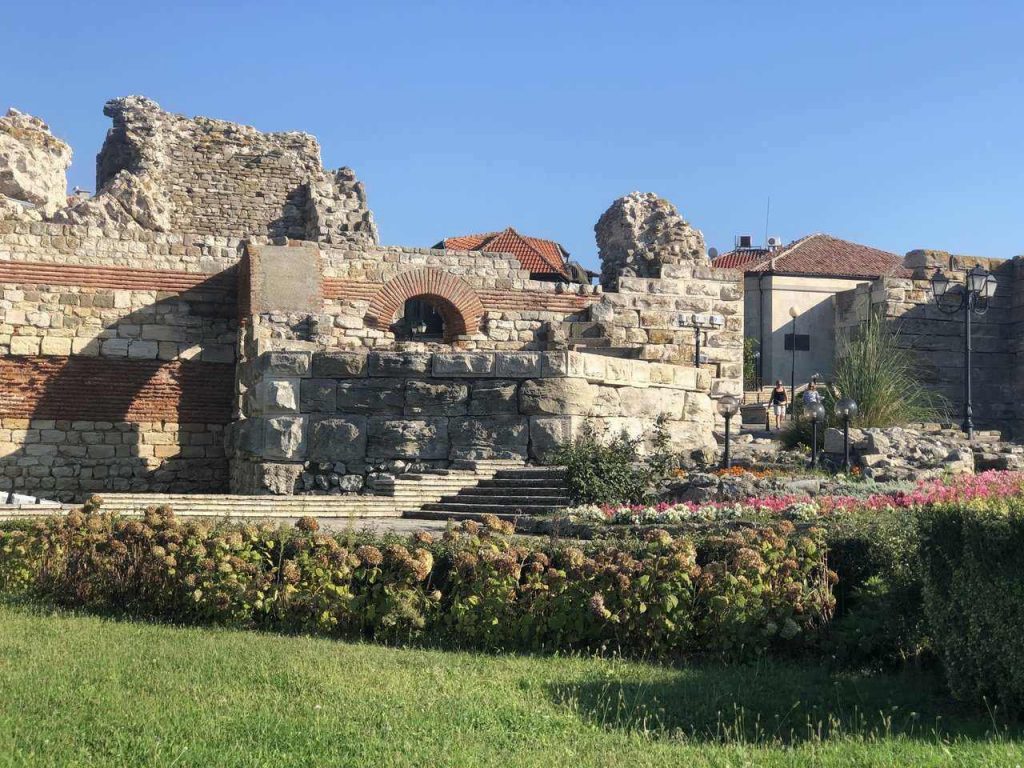
Nessebar is special and it’s one of the many reasons why you must visit Bulgaria. It is my personal favorite among all the places that I had visited in Bulgaria. And I fell in love with Nessebar Old Town the moment I set my eyes on it. It has everything that I love in a destination – am overgrown sleepy village with a dreamy seaside where yachts gently float in the waters and a quaint windmill beckoning you as the very symbol of the town.
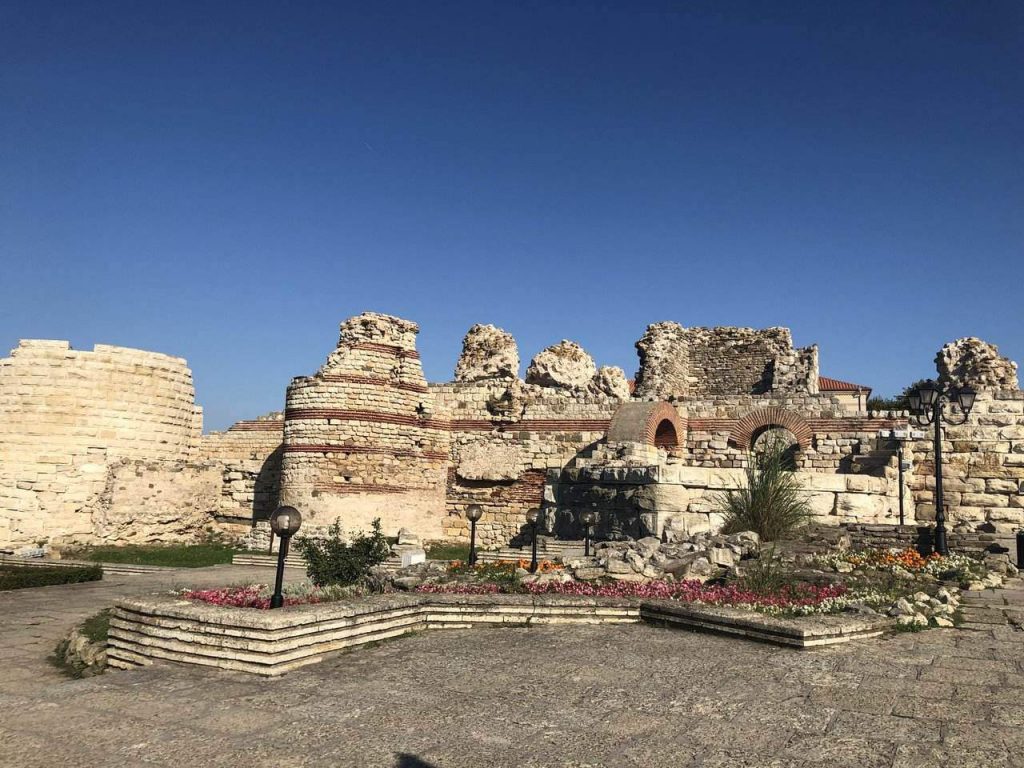
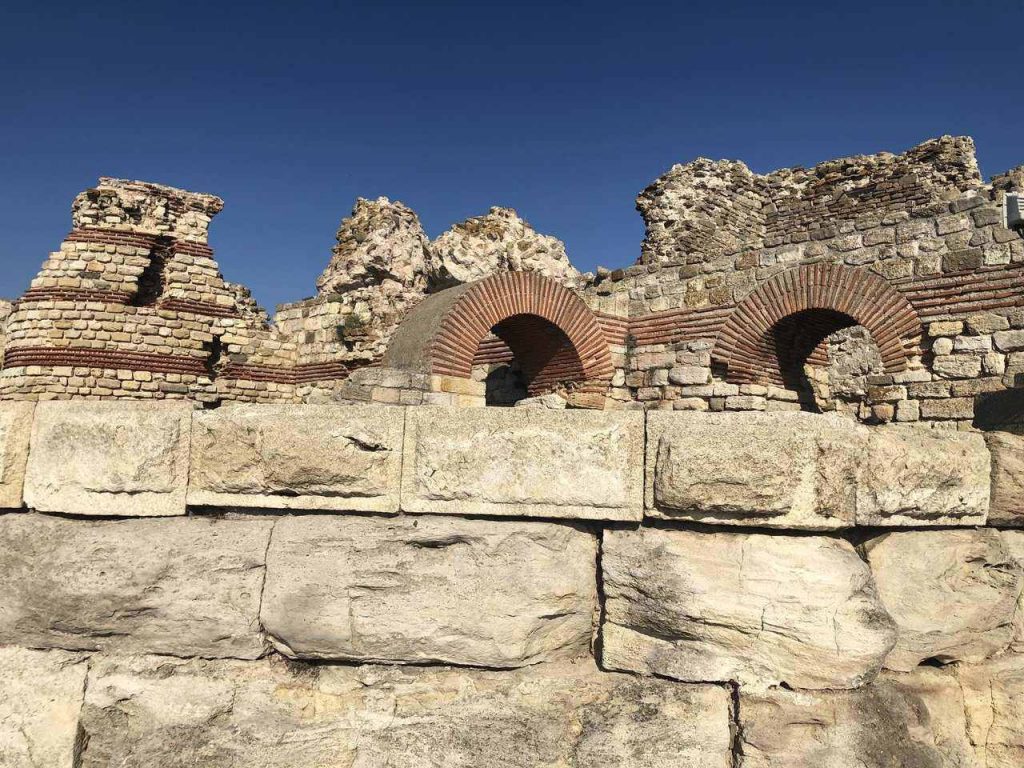
Ruins greet you at the very entrance of the Old Town, which is laced with cobblestones and filled with charming old houses, some of them housing museums, craft markets and souvenir stores, little cafes, and restaurants. You encounter history in little lanes as relics of old monuments, especially churches which tell a story.
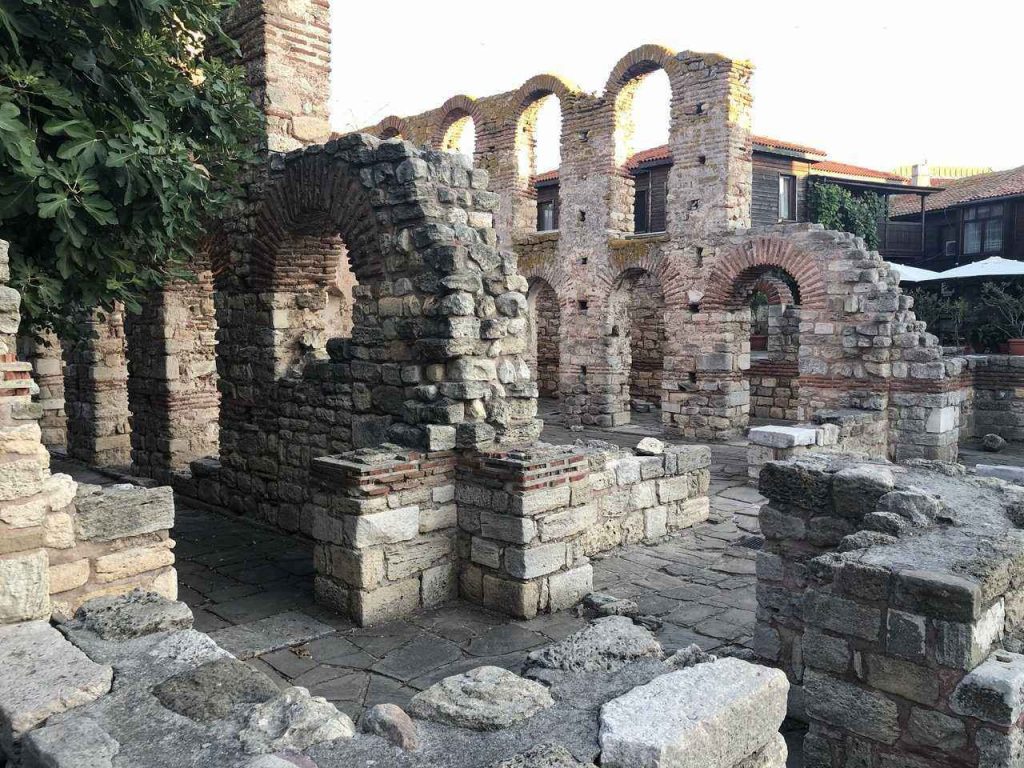
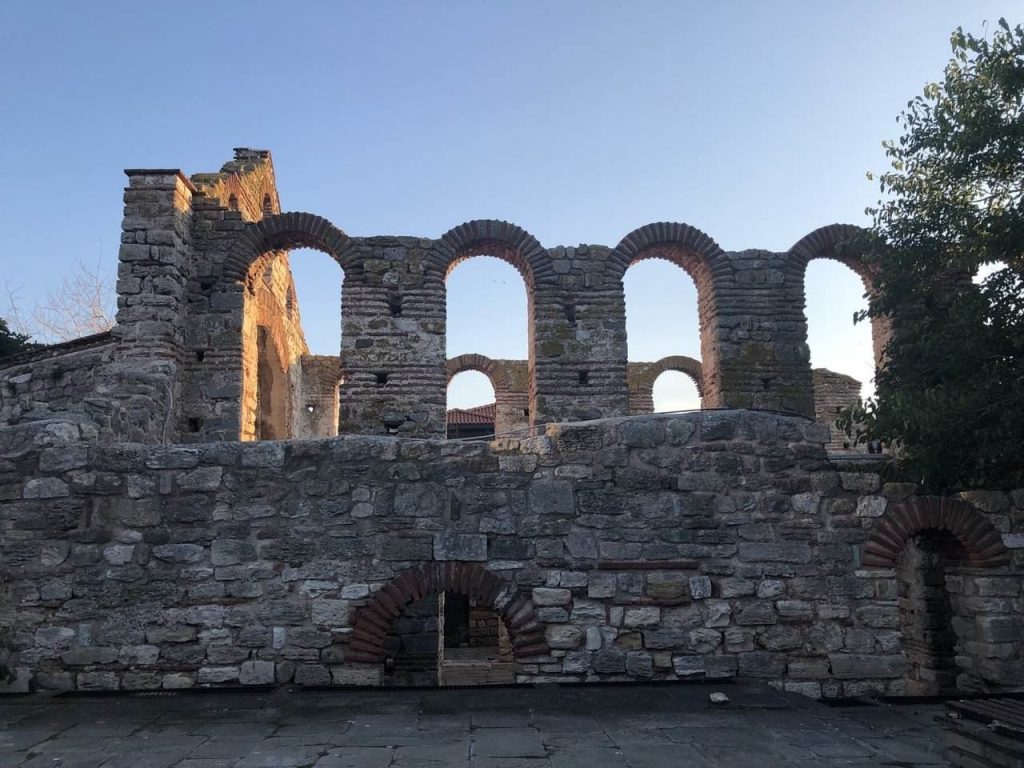
There are over 15 churches and each one is a relic of the bygone past. Nessebar Bulgaria is believed to be one of the oldest Christian metropolises in Europe. But what makes it even more fascinating is that the Old Town is virtually an outdoor museum that depicts three millennia of history across six different cultures.
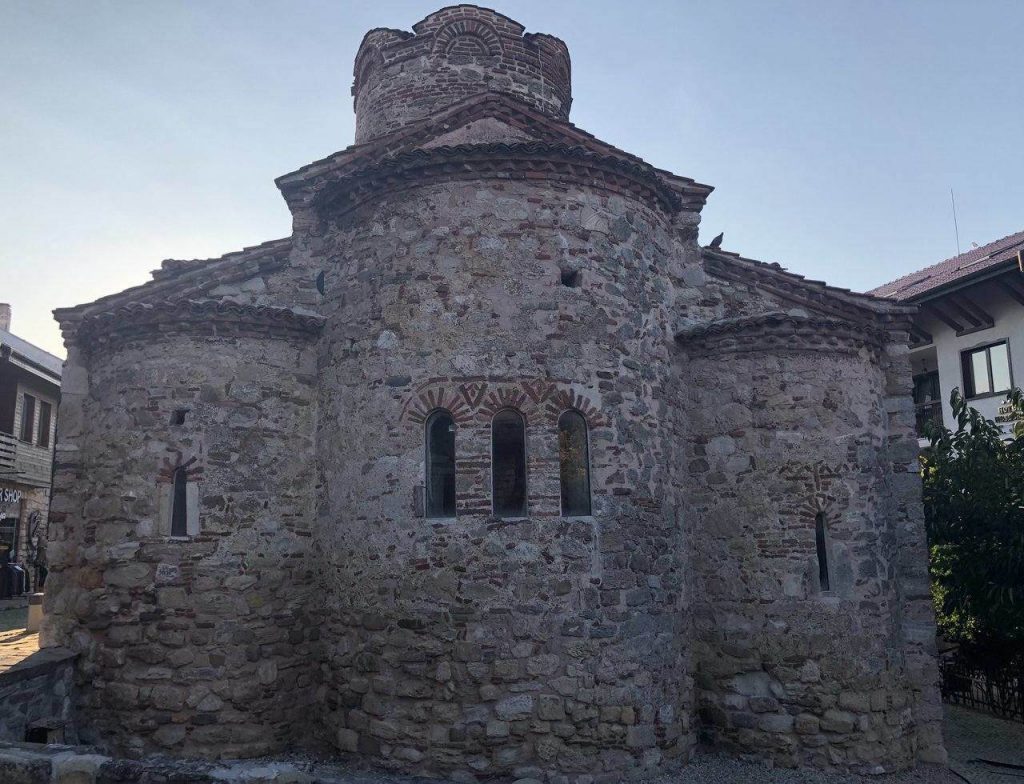

I am wondering now where to begin. Perhaps I will start from the wooden windmill that greets you at the causeway to Nessebar Old Town. The symbol of the city, the picturesque windmill set against the ocean separates the Old and the New Towns. It is believed to be designed like a typical windmill of the Black Sea and inspired by the design of the Greeks.

Built in the 17th-18th centuries to harness the whimsical winds of the Black Sea Coast, the windmill rotates rather fiercely as I sit on the bench and look out into the sea. Located on a rocky peninsula on the Black Sea Coast, Nessebar is actually split into two parts by a man-made isthmus and the ancient city lies on the peninsula, while the contemporary city is built on the mainland with hotels and resorts. The Nessebar Old Town was initially an island until the bridge was built.
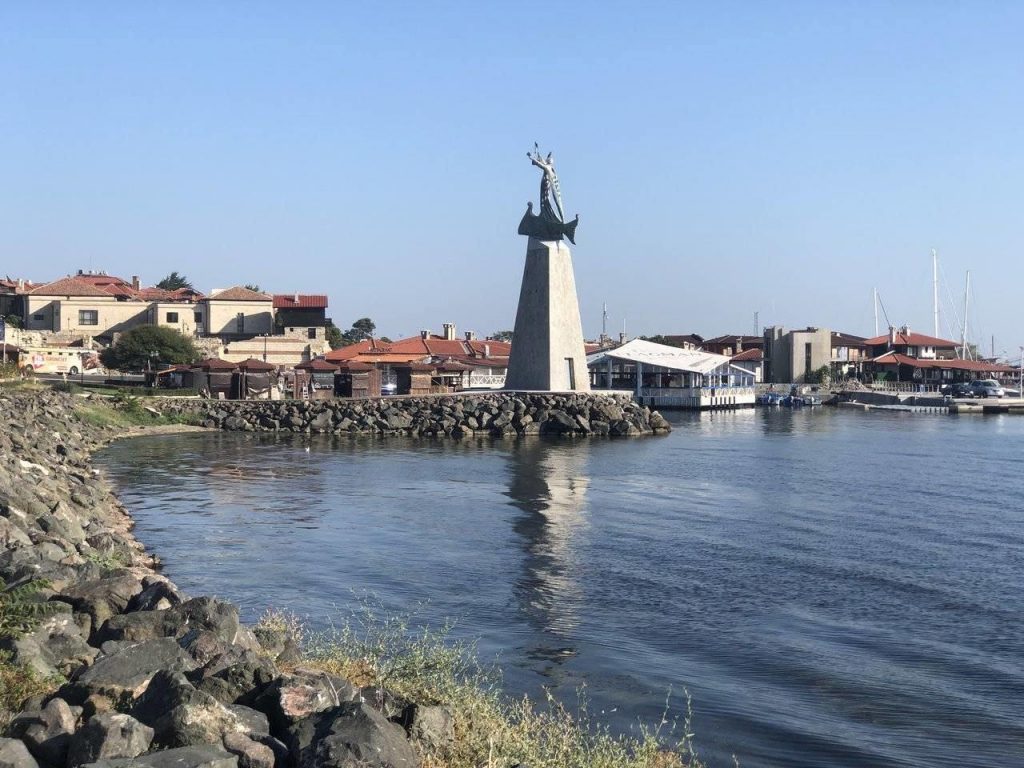
History of Nessebar Bulgaria
The Nessebar Old Town is literally an outdoor city museum with 3000 years of history of continuous settlements across six different eras and empires. The ever-changing history reflects in the Old Town which showcases a mosaic of different civilizations and cultures who have lived here. Underwater archaeological excavations have unearthed the different chronological periods from the Thracians to the Greeks, Romans to Byzantine, and the Bulgarians to the Turks. The chronicles have been divided largely into the ancient and medieval times, where most of the historical influences were felt.

In the ancient era, Nessebar was originally a Thracian settlement called Menebria or Melsambria, after the founder Melsa or Melsam, the legendary founded of Nessebar. However, around the 6th century BC, it became a Greek colony called Mesambria. The Bulgarian name was Mesemvriya, derived from the Greek word. Crumbling walls from the Thracian era, which were part of the fortifications have been excavated along with remains of an agora, an acropolis, and a temple dedicated to Apollo that are throwbacks to the Hellenistic era.
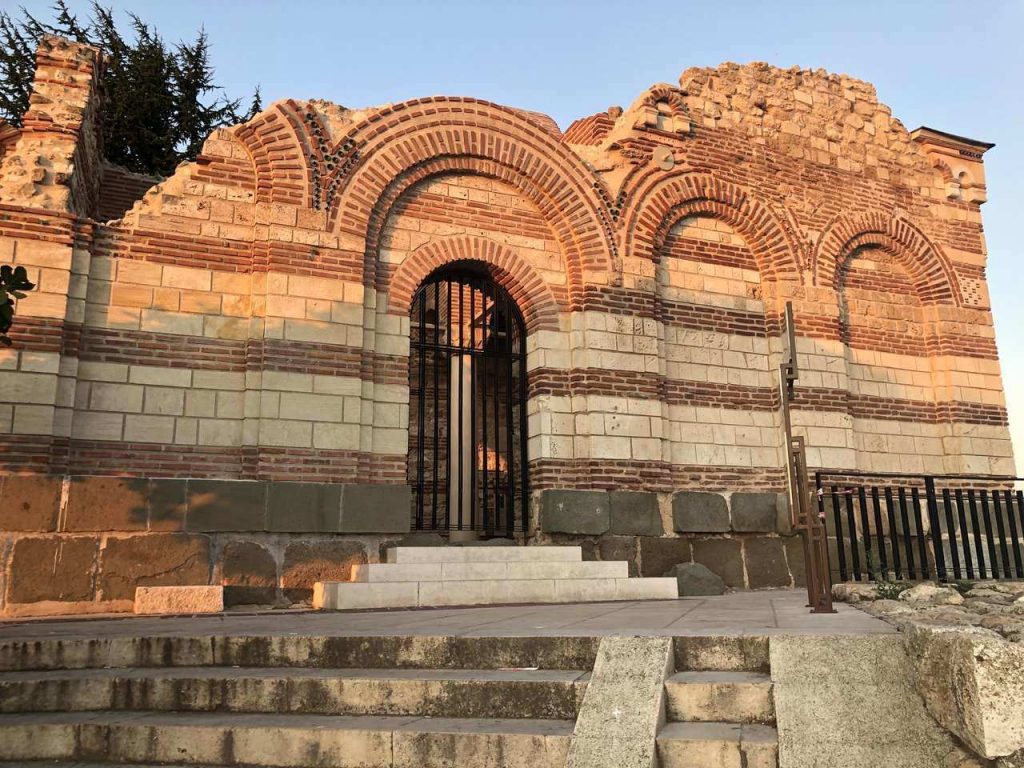
The most fascinating part of history was that Nessebar in ancient times had its own currency. While gold coins were minted in the 3rd century, silver and bronze coins followed suit a couple of centuries later. It is believed that the concept of money started with this city for trade, for the barter system was in vogue until them. It is said that coins were continued to be minted even after the Roman rule in the 8th century. Nessebar was even then a hub of trade on the Black Sea coast and even today remains of old shipwrecks have been found by divers in several expeditions.
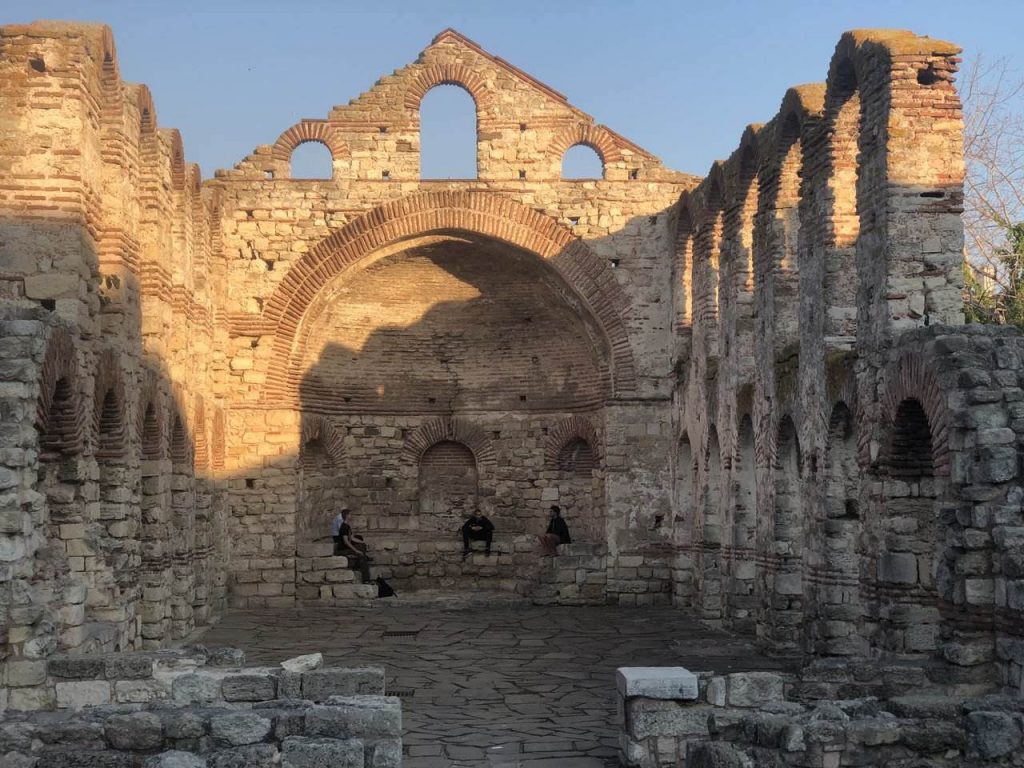
In the medieval era, you can see the Romans along with the kings of the Byzantine and Bulgarian empires and finally the Ottomans leaving their stamps on the architectural ensemble that stands in the Old Town. The monuments reflect the architectural styles and designs of different eras and you can see this particularly in the medieval religious architecture that has the Byzantine style stamped over it, mainly with ornate ceramics and Bulgarian Renaissance style. It is believed that the name Nessebar came up during the Bulgarian reign and it had its origins in the old Erkech dialect spoken in the area.
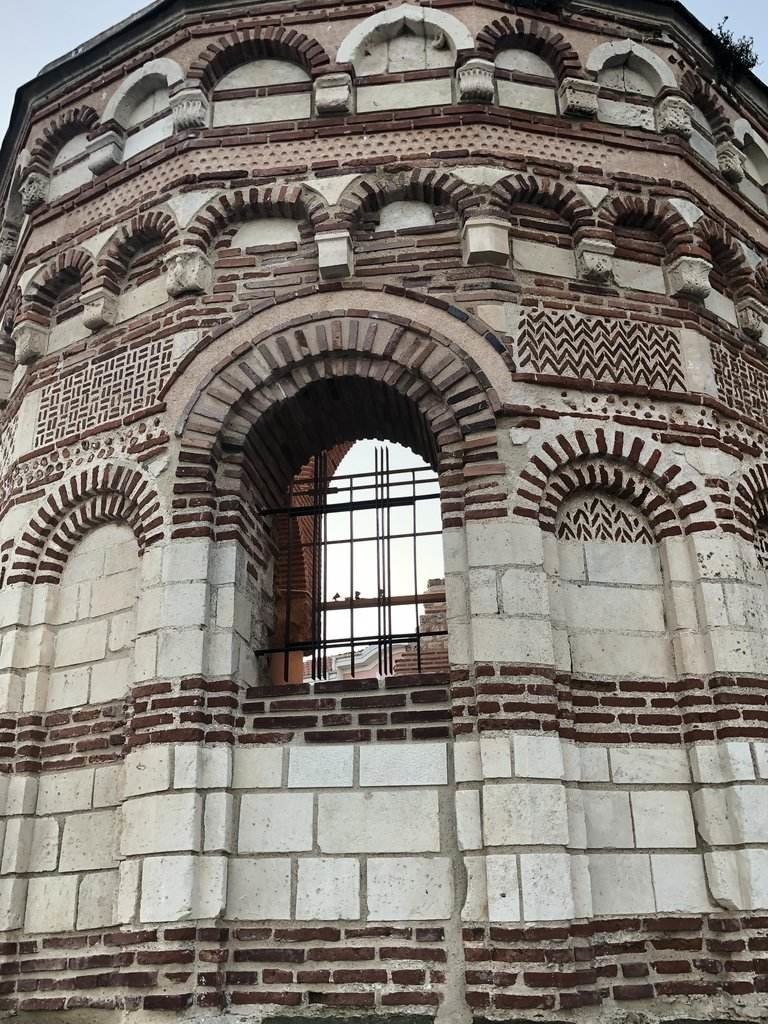
Most of the churches were built during this era, from the historic Stara Mitropoliya or the St Sophia Church built in the 5th-6th centuries to the 11th century Nova Mitropoliya or the St Stephen Church. Other churches include the Church of Virgin Eleusa in the 6th century and the churches dedicated to St Paraskeva, St Theodore, St John Aliturgetos, St Gabriel, St Michael among others that were built in the 13th-14th centuries. Apparently, Nessebar had over 40 churches but only 23 have been excavated and discovered so far.
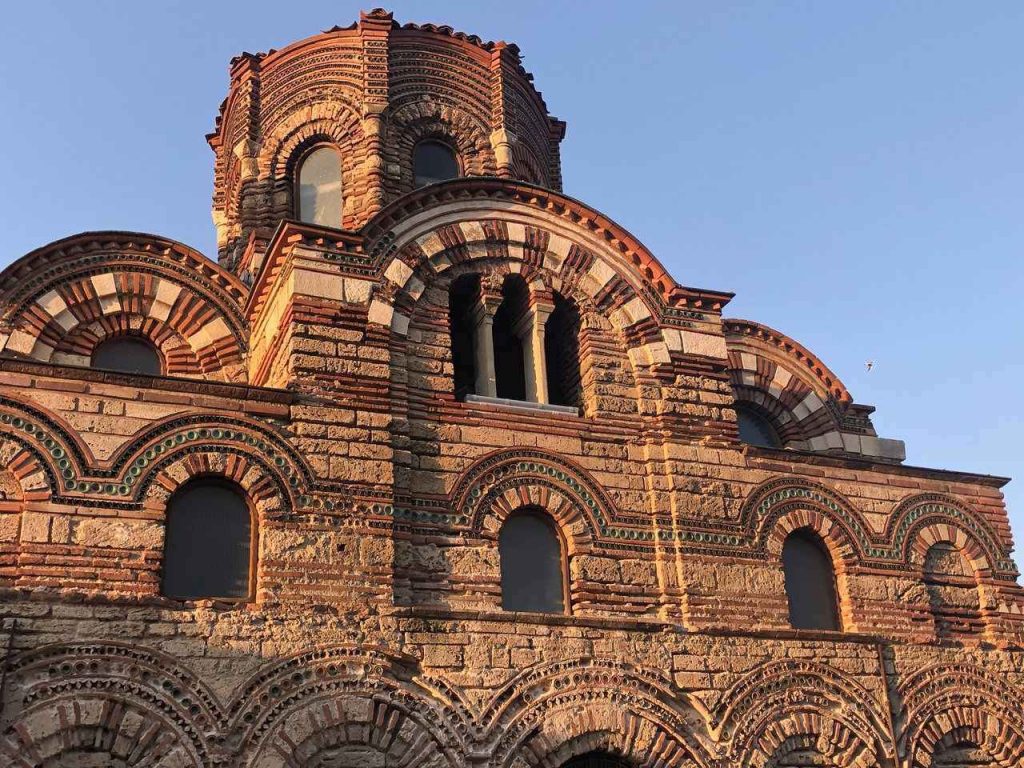
Besides the churches, the ruins of old bath complexes, fascinating windmills, and the charming old houses dotting the cobbled lanes of Nessebar Old Town are other souvenirs of the assortment of historic and iconic eras. Designed in Bulgarian Revival style with stone foundations, they were built with wood and the facades stand out rather aesthetically. My cottage at Neofit Rilski was also designed in a similar style. The windmill was also built around the same era. Just walking along these cobbled lanes takes you into a forgotten world of untold stories.
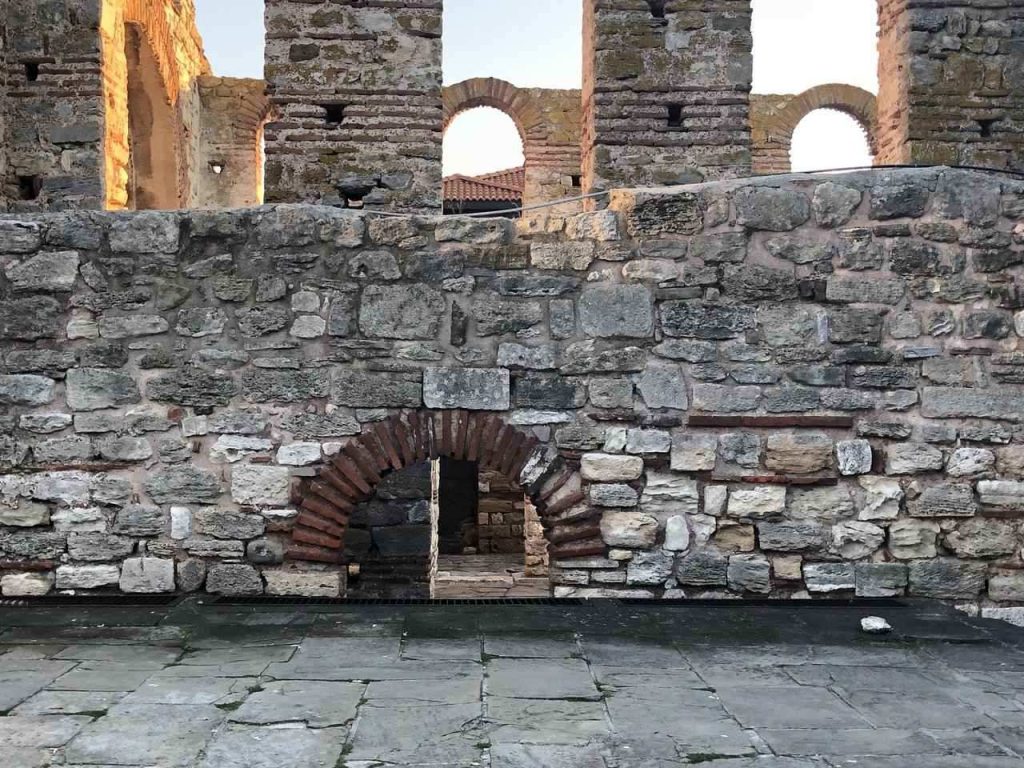
The Ottomans took over and ruled Nessebar for five centuries. And even as the city slowly became a sleepy fishing village with a handful of farmers and fishermen when the “Liberalisation of Bulgaria” happened after the Ottoman reign. As it became part of the Third Bulgarian State, Nessebar slowly faded into oblivion.

In contemporary times, the Black Sea coast evolved into a hub for tourism with resort towns like Sunny Beach. And as the sun and sand brought in tourists from all over, the sleepy village became a romantic getaway with its cobbled lanes and quaint wooden houses, charming restaurants with a view and old-world charm. However archaeological excavations and diving expeditions eventually led to the discovery of the historic importance of the town down the ages. It ultimately became a “museum town, an archaeological and architectural reserve” that led to its UNESCO World Heritage tag. Nessebar is today referred to as the cultural treasury of Bulgaria with its architectural ensemble and multilayered cultural and historic legacies.
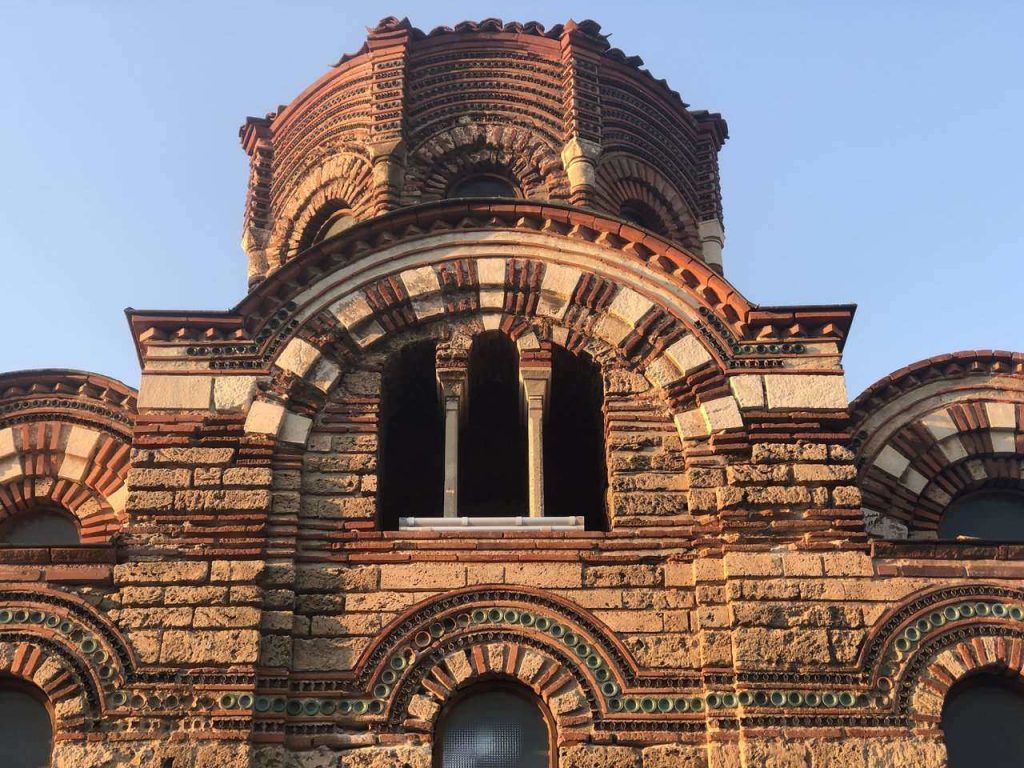
Places to visit in Nessebar Old Town
The churches are the main attractions but there are several ruins scattered around Nessebar Old Town. As you cross the windmill and enter the old fortifications, you literally step into hallowed ground. There are remains of the ancient acropolis and the agora but its the churches that beckon you.

The St Sofia Church is one of the oldest here, dating to the 5th century and it stands in the Old Quarter of Nessebar Old Town. The Eastern Orthodox Church was believed to have been built in the early Byzantine era and are three-aisled basilica. Apparently it was plundered by the Venetians during a war and the relics were believed to be taken away. Another ancient church dating to the 6th century is the monastery dedicated to the Holy Mother of Eleusa, which is set against the ocean with ruins of fortresses.
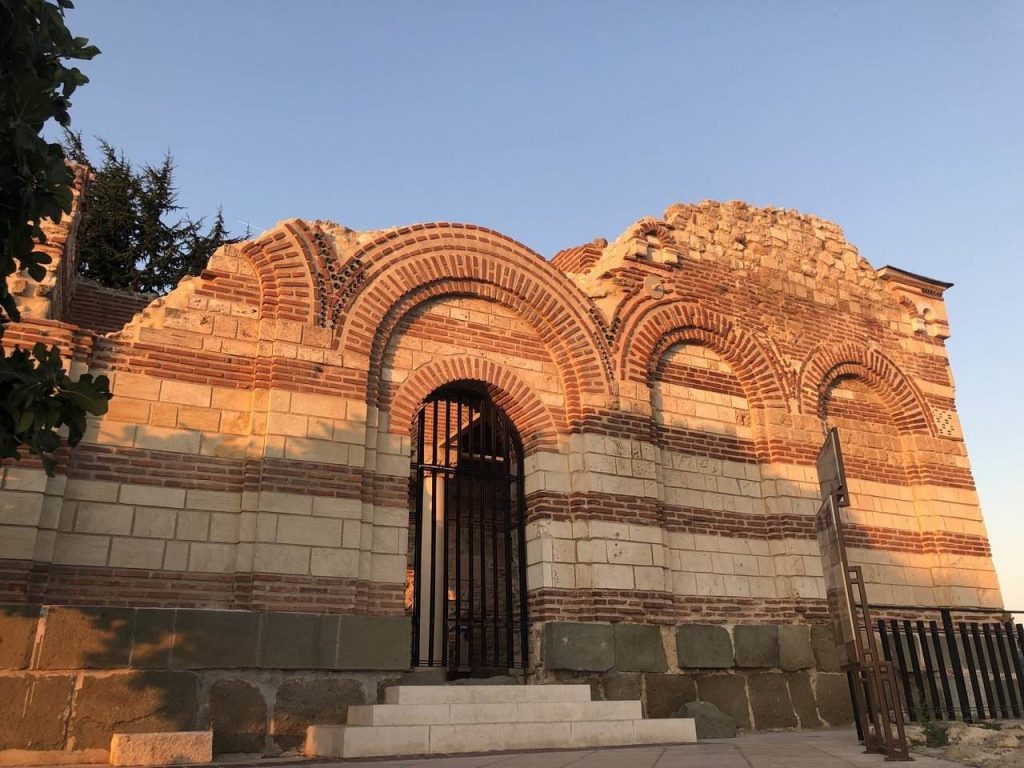
The 11th-century church dedicated to John the Baptist has beautiful frescos preserved from the medieval era. The St Stephen Church is a stone stopper and the colourful ceramic plaques on its facade represent the ornamental architectural design of the era. It is now a museum and has a treasure-house of murals as well.
Churches of Nessebar
Another old church with richly decorated arches on the facade is the single nave styled St Paraskevi church which was built according to the “Byzantine cross in square” design. My personal favourite is the Church dedicated to the Holy Archangels, Michael and Gabriel, which is stunning for its facade although the roof is missing. There was a bell tower that can be accessed through a stone staircase. Built in the “Byzantine cross-in square” style, the facade has rows of bricks and carved stones laced together in a chequered pattern and the friezes in arches have ceramic rosettes in different colours and other designs.

Another similarly designed stunning church stands right at the entrance on Mesembria Street near the entrance. The 11th century Eastern Orthodox Church of Christ Pantocrator, dates to the Byzantine era is now a museum. Colourful facades with floral motifs, coloured ceramics, and rows of bricks and carved stones pieced together and a dome with eight windows are some of the key design elements of the church. But it is the image of a swastika that is fascinating and I am told that it was symbolic of the sun in the medieval times. Other prominent churches include Church of the Holy Saviour, Church of St John Aliturgetos, Church of St Clement among others.
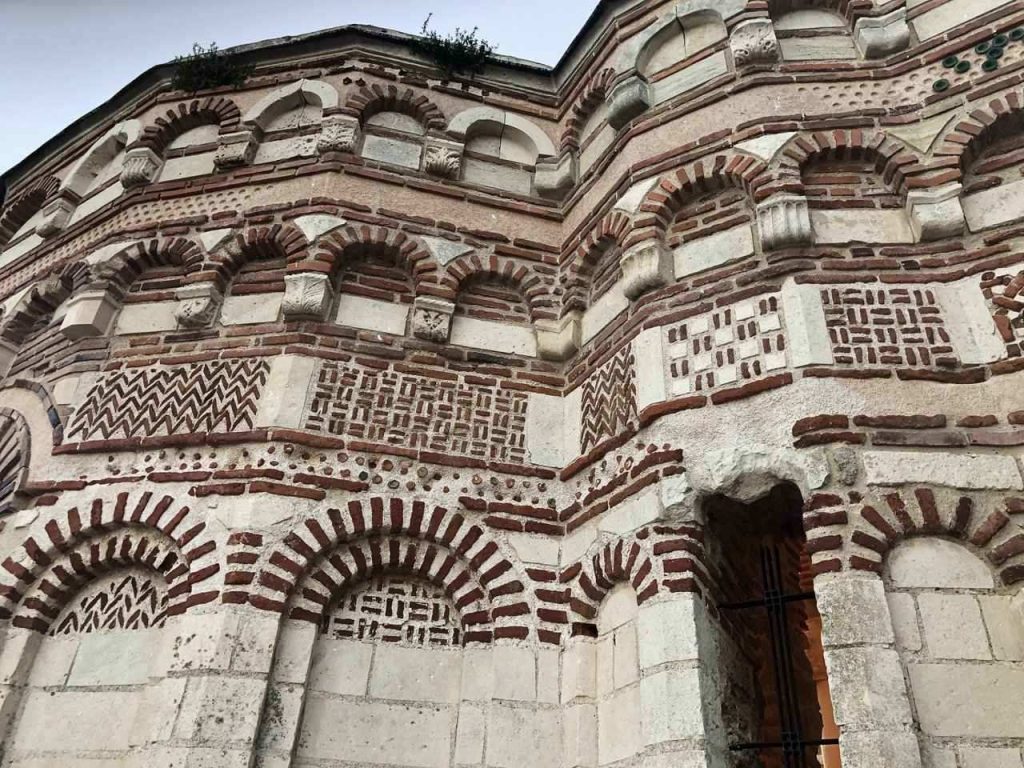
But its more than just churches in Nessebar Old Town. Sauntering around the Old Quarter, you stumble upon memories of centuries of civilizations in the maze of cobblestone lanes. The charming wooden houses set against the oceans look straight out of a picture postcard. Built with stone foundations, the first floor was made of stone and it housed livestock and was also used as a granary to store wheat, and wine was also stored here. There are usually a couple of floors above the ground floor where the people stayed and they are made of wood.

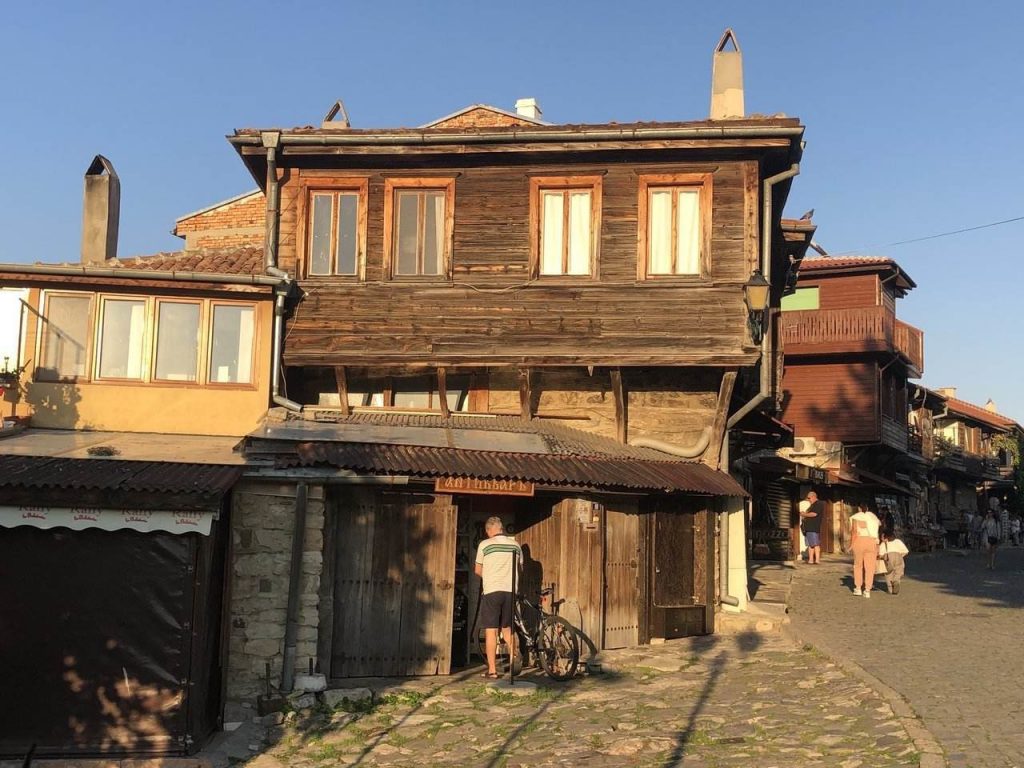
Some of these houses today are museums such as the Archaeological Museum of Nessebar and the Ethnographic Museum. Cafes and restaurants open out to delightful views as you bite into delicious Bulgarian and European cuisine. There are tiny boutiques selling painted ceramics, wooden carvings, embroidered fabrics, especially red tablecloths with traditional embroidery and other handicrafts.
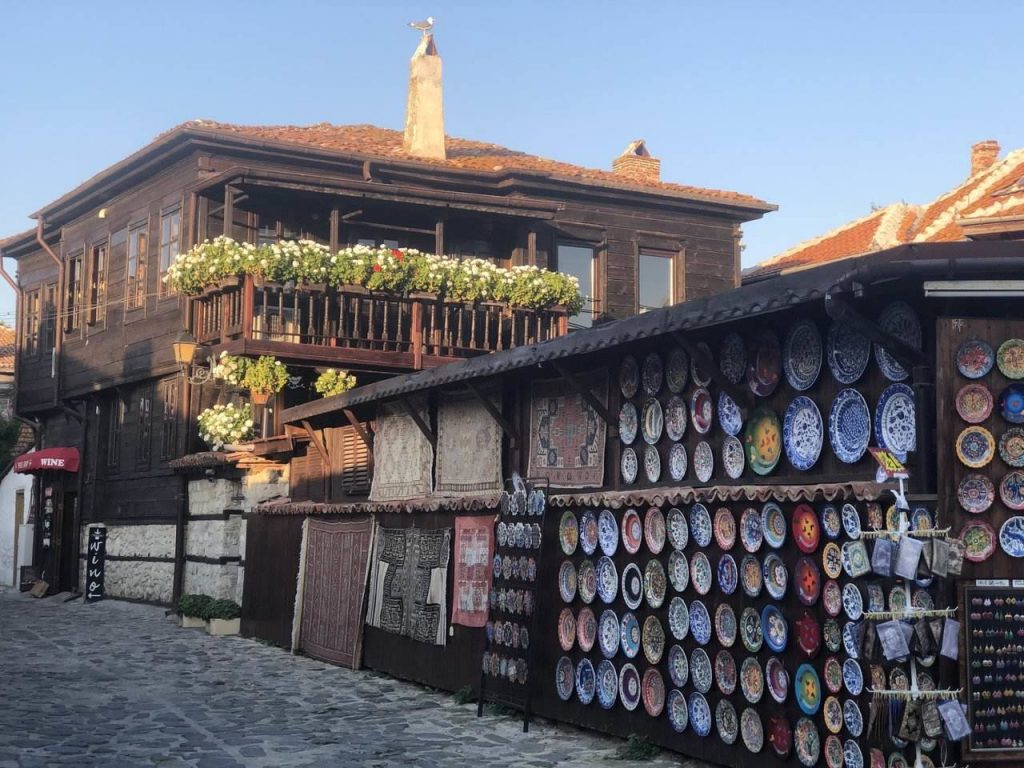
You almost feel like a time traveler, lost in the annals of time. We keep wandering around aimlessly, only to realize that the architecture of the houses blends with the archaic atmosphere of the towns the ancient past still lives in Nessebar in these tiny lanes.

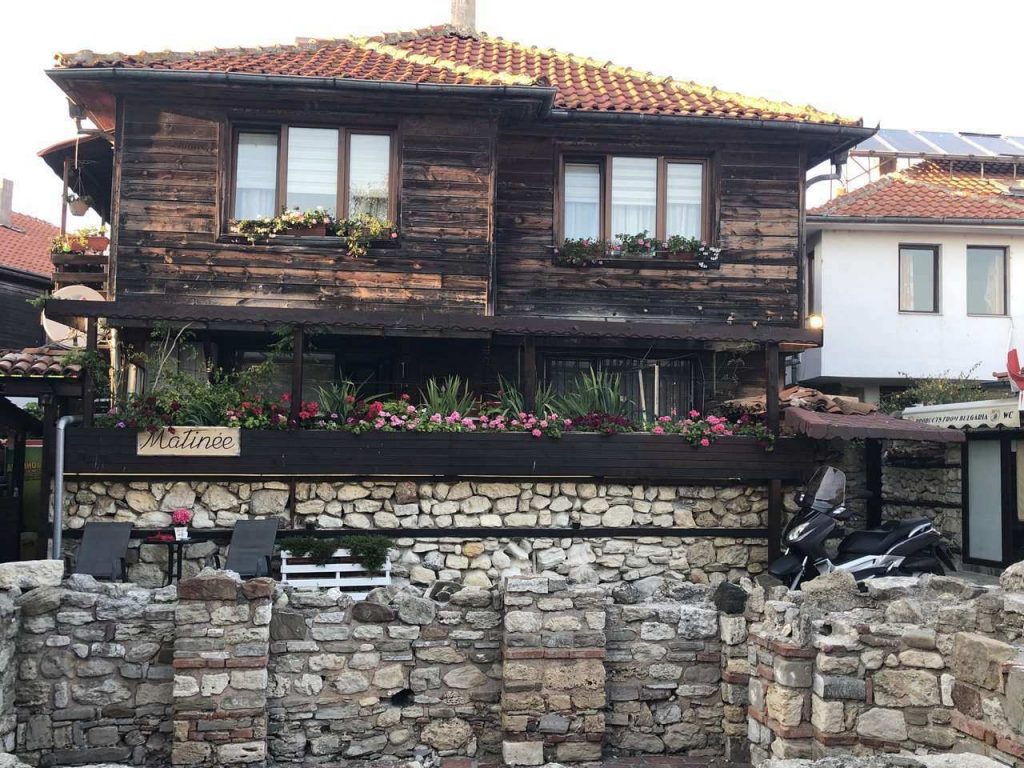
Finally, we make our way to the old harbour to watch the yachts and the boats gently float in the waters as the sun slowly painted the sky in golden hues. The beaches were slowly getting crowded. There is a small beach in Nessebar Old Town but a couple of popular ones in the New Town. However, most tourists head to Sunny Beach or the neighboring village of Ravda which is mostly a party destination teeming with young backpackers, revelers, and students. However, if you are looking for a rather plush place to party away from the blues, then head to the neighbouring town of Sveti Vlas with its exclusive beaches and luxury resorts.
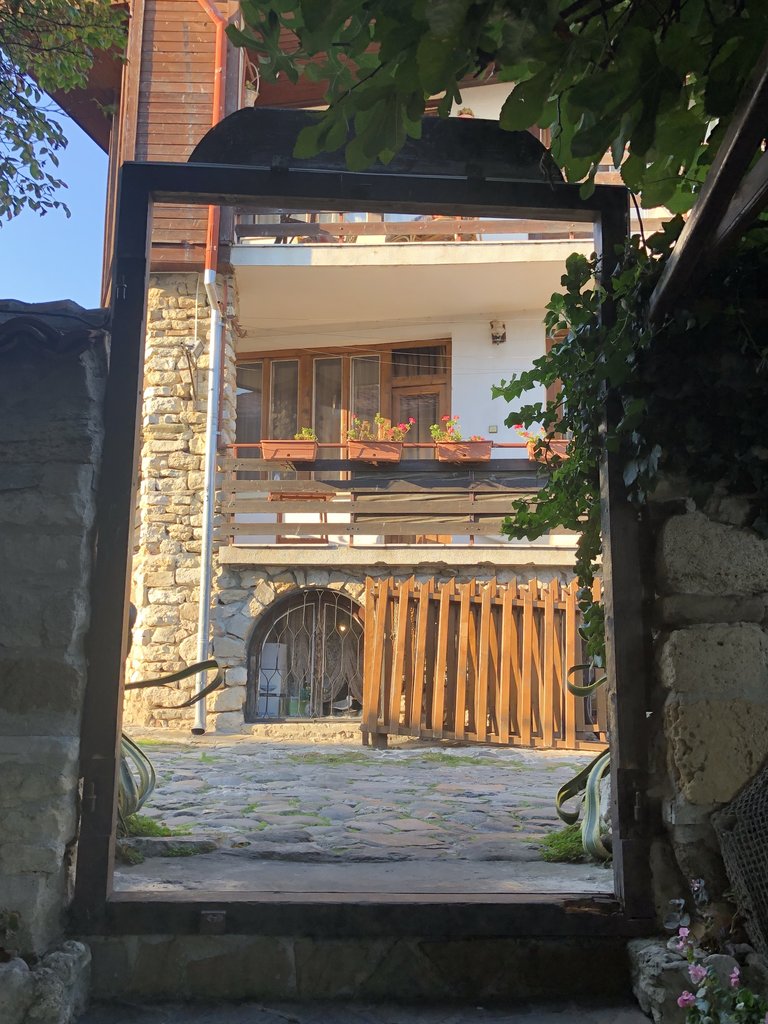
Bulgaria Wines
My interest however is in wine and I took a short detour to another seaside town, Pomorie for some wine tasting. We tasted the wines, explored the winery, spent some time in the vineyards and bought cans and (not bottles) of wine. My favourites are the white wines from here and I strongly recommend that you bring home a bottle. Pomorie is also famous for its seaside salt pans and there is a Salt Museum here as well. Another recommendation is to visit a spa and indulge in some healing treatments using natural salts and mud. However I just decide to say Cheers and sip some wine and enjoy the sea breeze and soak in the hues of sunset, before driving back to Varna.

